AI that evolves, adapts, and improves with every interaction
In the rapidly evolving landscape of artificial intelligence, static systems quickly become obsolete. Our Continuous Adaptive Learning System represents a fundamental breakthrough in how AI agents acquire, process, and apply knowledge. Unlike traditional machine learning models that require periodic retraining, our system learns continuously from every interaction, outcome, and new piece of information, ensuring your AI agents remain at the cutting edge of capability and relevance.
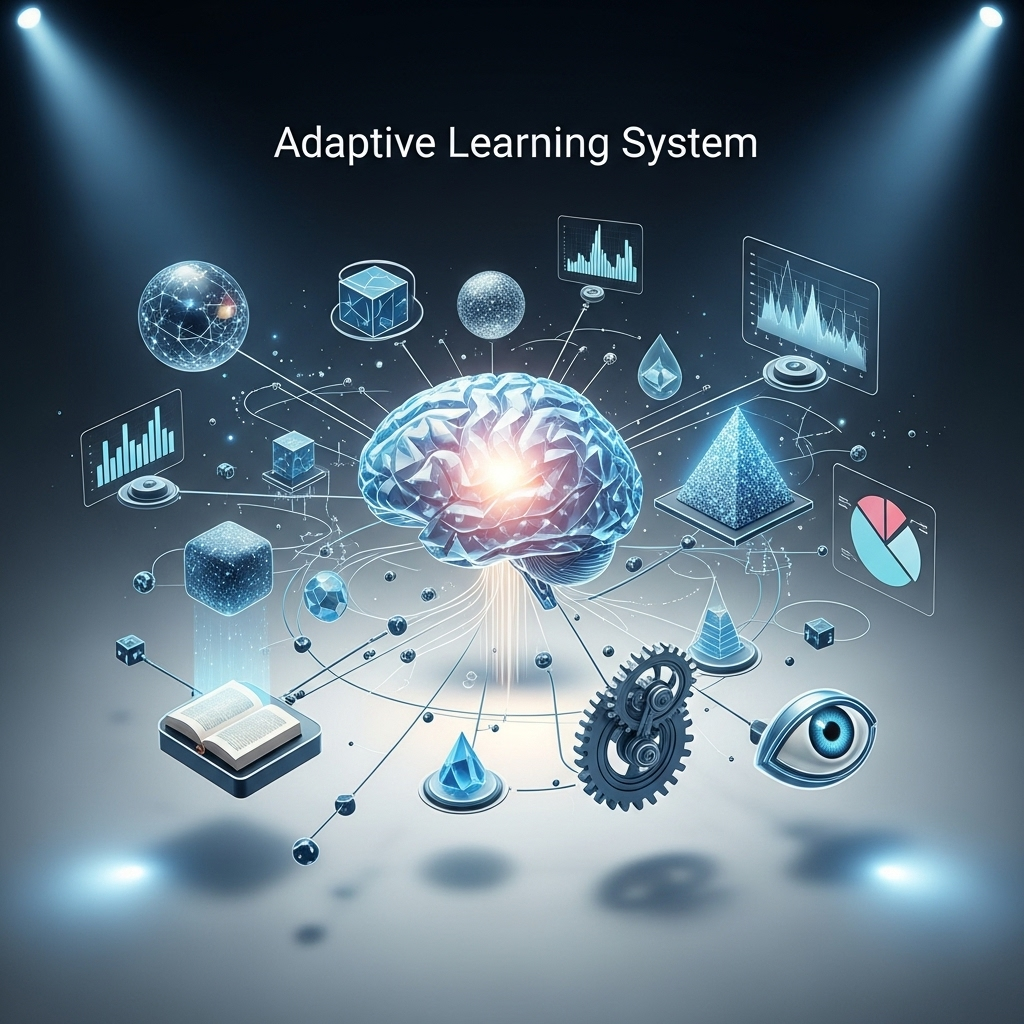
The Continuous Adaptive Learning System is built on a sophisticated neural architecture that combines multiple learning paradigms. At its core, the system employs a hybrid approach that integrates supervised learning for known patterns, unsupervised learning for discovering new insights, and reinforcement learning for optimizing behaviors based on outcomes. This multi-modal learning framework ensures comprehensive knowledge acquisition across all domains of operation.
Our system implements dynamic neural plasticity, allowing the underlying neural networks to restructure themselves based on new experiences. This biological-inspired approach enables the system to form new connections, strengthen important pathways, and prune obsolete knowledge, maintaining optimal performance while continuously expanding capabilities.
Every action taken by an AI agent becomes a learning opportunity. Our system captures comprehensive telemetry from all agent interactions, analyzing not just outcomes but the entire decision-making process. This rich experiential data feeds into sophisticated learning algorithms that extract patterns, identify causal relationships, and develop improved strategies:
One of the most powerful aspects of our Continuous Adaptive Learning System is its ability to aggregate and synthesize knowledge across multiple agents. When one agent learns something new, this knowledge doesn't remain isolated. Instead, it's processed, validated, and distributed throughout the agent network, creating a collective intelligence that grows exponentially with scale.
Our federated learning approach allows agents to share insights without sharing raw data, preserving privacy and security while enabling collective improvement. Agents contribute model updates based on their local experiences, which are aggregated centrally to improve the global model. This approach is particularly valuable in sensitive domains like healthcare and finance where data privacy is paramount.
The system employs sophisticated knowledge distillation techniques to extract the essence of learned experiences and transfer them efficiently between agents. This process involves identifying the most valuable insights from complex learning experiences and encoding them in a form that other agents can quickly absorb and apply. The result is rapid capability propagation across the entire agent ecosystem.
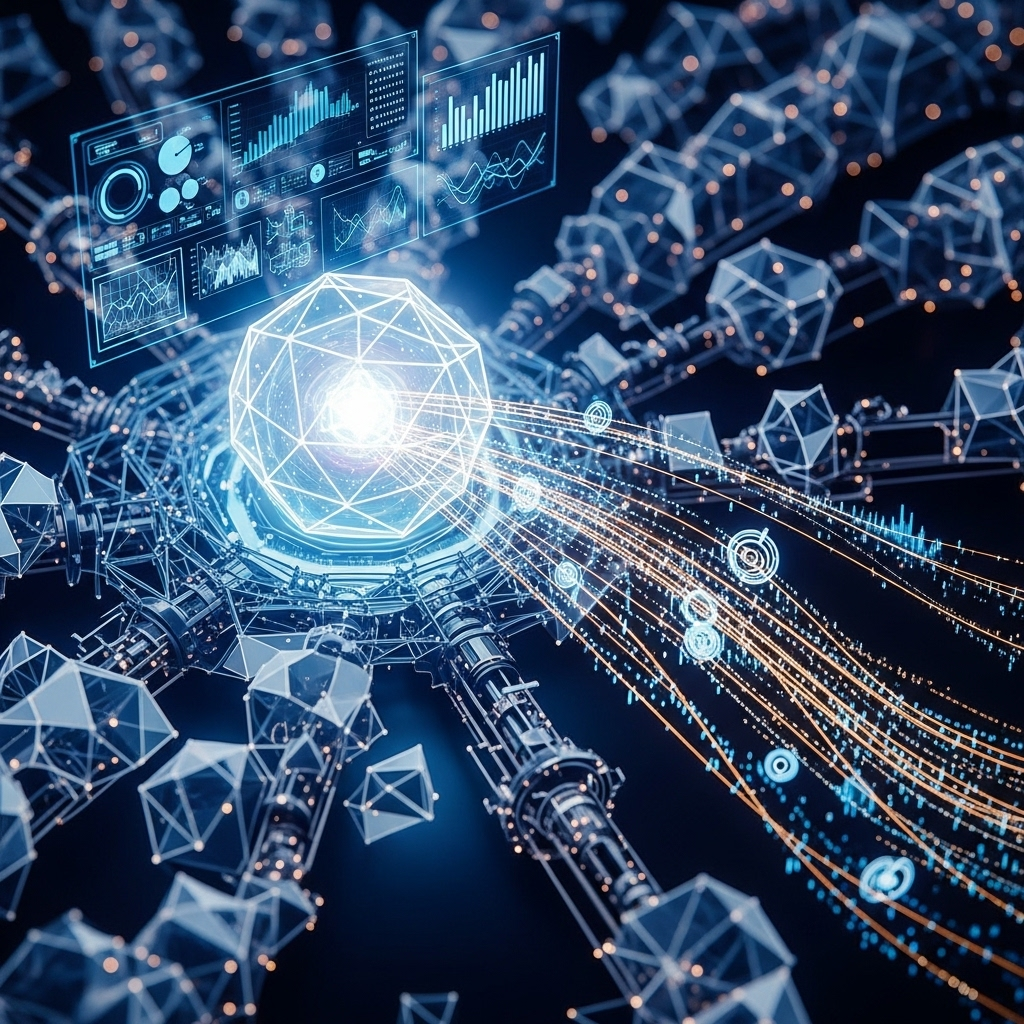
Our Continuous Adaptive Learning System excels at identifying patterns and trends that might be invisible to human observers or traditional analytics systems. The system continuously analyzes vast streams of data, detecting subtle correlations, emerging patterns, and shifting trends that inform strategic adaptation.
Understanding how patterns evolve over time is crucial for predictive accuracy. Our system employs sophisticated temporal learning algorithms that capture time-series patterns, seasonal variations, and long-term trends. This temporal awareness enables agents to anticipate future states and adapt proactively rather than reactively.
In a world of constant change, the ability to detect and respond to anomalies is critical. Our learning system continuously monitors for deviations from expected patterns, not just flagging anomalies but learning from them to expand the system's understanding and capabilities.
Unlike static anomaly detection systems, our platform dynamically adjusts its definition of "normal" based on evolving patterns. This adaptive approach reduces false positives while ensuring genuine anomalies are detected early. The system learns which anomalies are benign variations and which represent genuine concerns, continuously refining its detection accuracy.
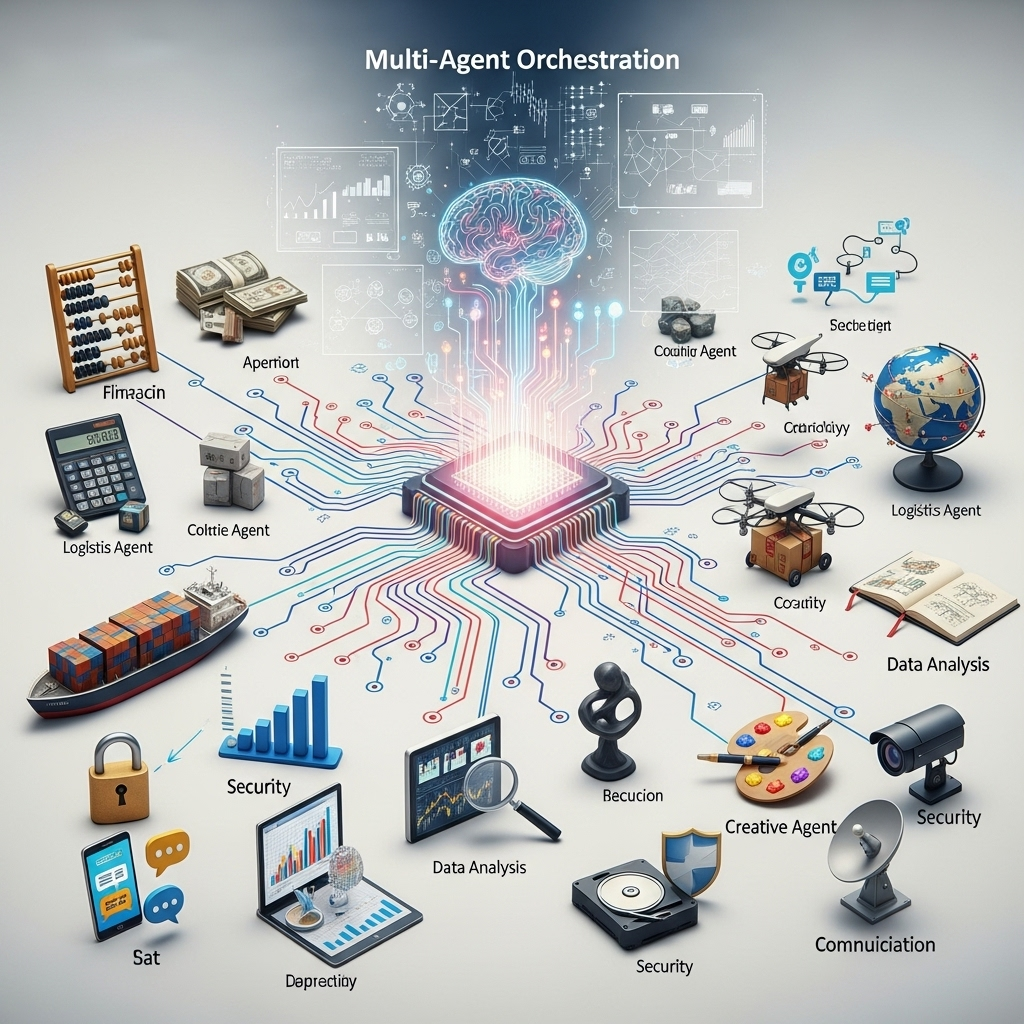
Knowledge gained in one domain often has valuable applications in others. Our Continuous Adaptive Learning System implements sophisticated transfer learning capabilities that enable agents to apply insights from one area to accelerate learning in related domains. This cross-pollination of knowledge dramatically reduces the time required to achieve expertise in new areas.
The system employs advanced domain bridging techniques that identify abstract patterns and principles that transcend specific domains. By recognizing these universal patterns, agents can quickly adapt to new industries, use cases, or problem types by leveraging relevant prior experience.
While autonomous learning is powerful, human feedback remains invaluable for ensuring AI agents align with organizational goals and values. Our system seamlessly integrates human feedback into the learning process, using it to refine behaviors, correct mistakes, and align agent actions with human expectations.
Our implementation of RLHF allows human operators to provide feedback on agent actions, which is then used to adjust the agent's reward models and behavior policies. This creates a virtuous cycle where agents become increasingly aligned with human values and preferences while maintaining their autonomous capabilities.
The system supports various interactive learning paradigms where humans and agents collaborate in the learning process. Agents can request clarification when uncertain, propose solutions for human validation, and learn from human demonstrations. This collaborative approach accelerates learning while ensuring alignment with organizational objectives.
Continuous learning must be efficient to be practical at scale. Our system employs numerous optimization techniques to maximize learning effectiveness while minimizing computational overhead:
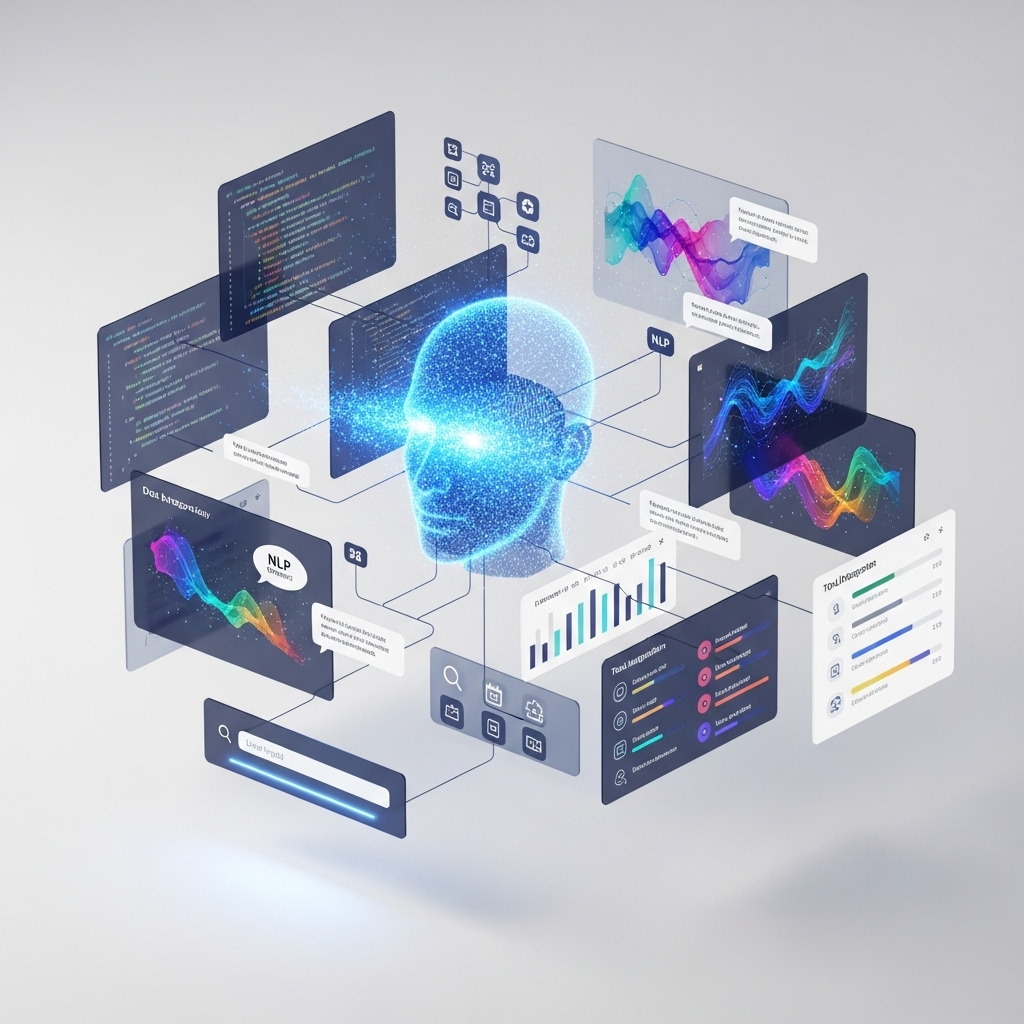
In financial services, our Continuous Adaptive Learning System has transformed fraud detection capabilities. Agents learn from new fraud patterns as they emerge, staying ahead of increasingly sophisticated threats. The system has reduced false positives by 60% while improving fraud detection rates by 45%, saving millions in prevented losses.
Healthcare organizations use our learning system to continuously improve diagnostic accuracy. As agents encounter new cases and receive feedback from medical professionals, they refine their diagnostic models. This has led to a 30% improvement in early disease detection and a 50% reduction in diagnostic errors for rare conditions.
Customer service agents powered by our learning system improve with every interaction. They learn from successful resolutions, adapt to changing customer preferences, and develop new problem-solving strategies. Customer satisfaction scores have increased by 40% while resolution times have decreased by 35%.
Supply chain management agents continuously learn from disruptions, market changes, and operational data to improve predictions and responses. This adaptive capability has reduced supply chain disruptions by 50% and improved delivery performance by 30%.
Continuous learning requires continuous validation. Our system includes comprehensive measurement frameworks that track learning effectiveness, validate improvements, and ensure that adaptation leads to genuine performance gains:
Learning from sensitive data requires robust privacy and security measures. Our system implements state-of-the-art privacy-preserving techniques including differential privacy, secure multi-party computation, and homomorphic encryption. These technologies enable learning from sensitive data without exposing the underlying information.
As we advance our Continuous Adaptive Learning System, we're exploring revolutionary capabilities including neuromorphic learning architectures that mimic biological neural adaptation, quantum-enhanced learning algorithms for exponential speedup in pattern recognition, and consciousness-inspired learning models that enable deeper understanding and creativity.
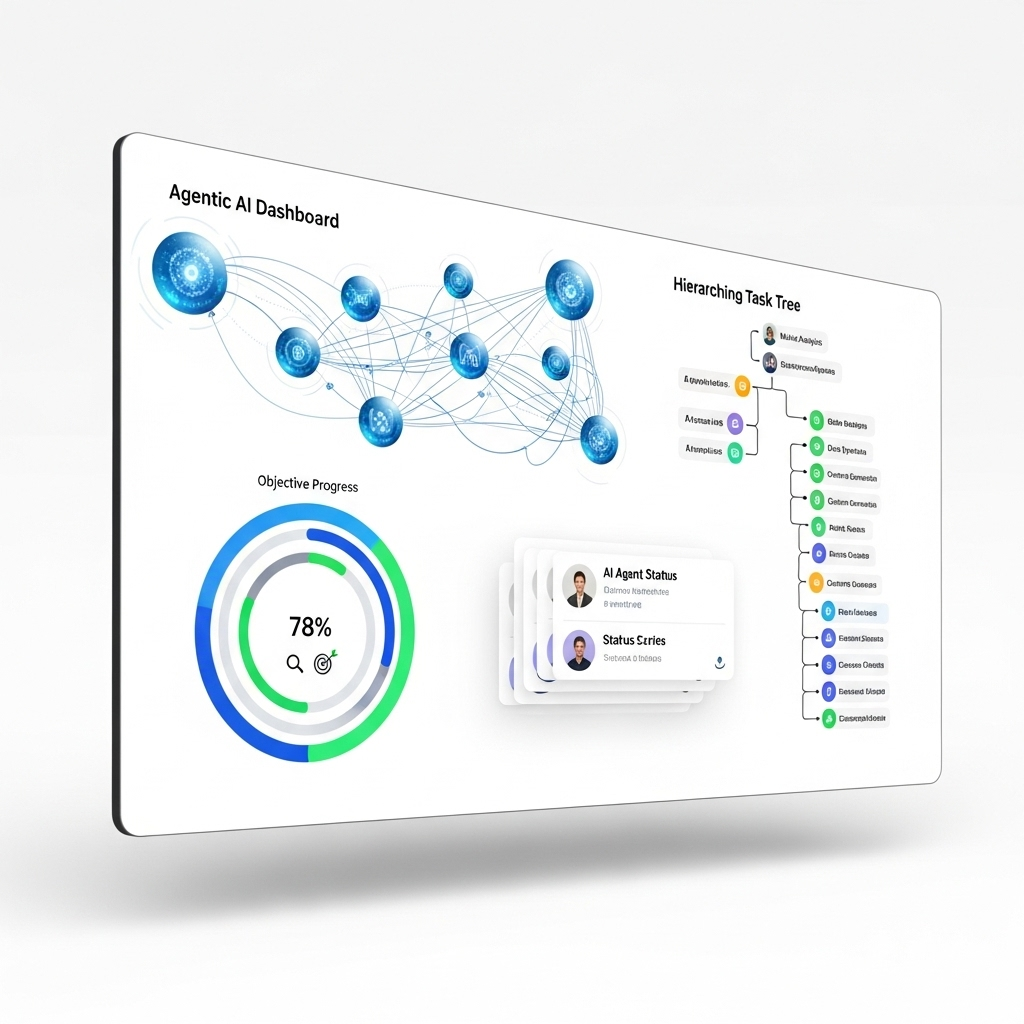
The Continuous Adaptive Learning System represents more than technological advancement – it's a fundamental shift in how artificial intelligence evolves and improves. By enabling AI agents to learn continuously, adapt dynamically, and share knowledge collectively, we're creating intelligent systems that don't just maintain relevance but actively drive innovation and competitive advantage. In a world of constant change, continuous learning isn't just an advantage – it's essential for survival and success.
← Back to Main Page